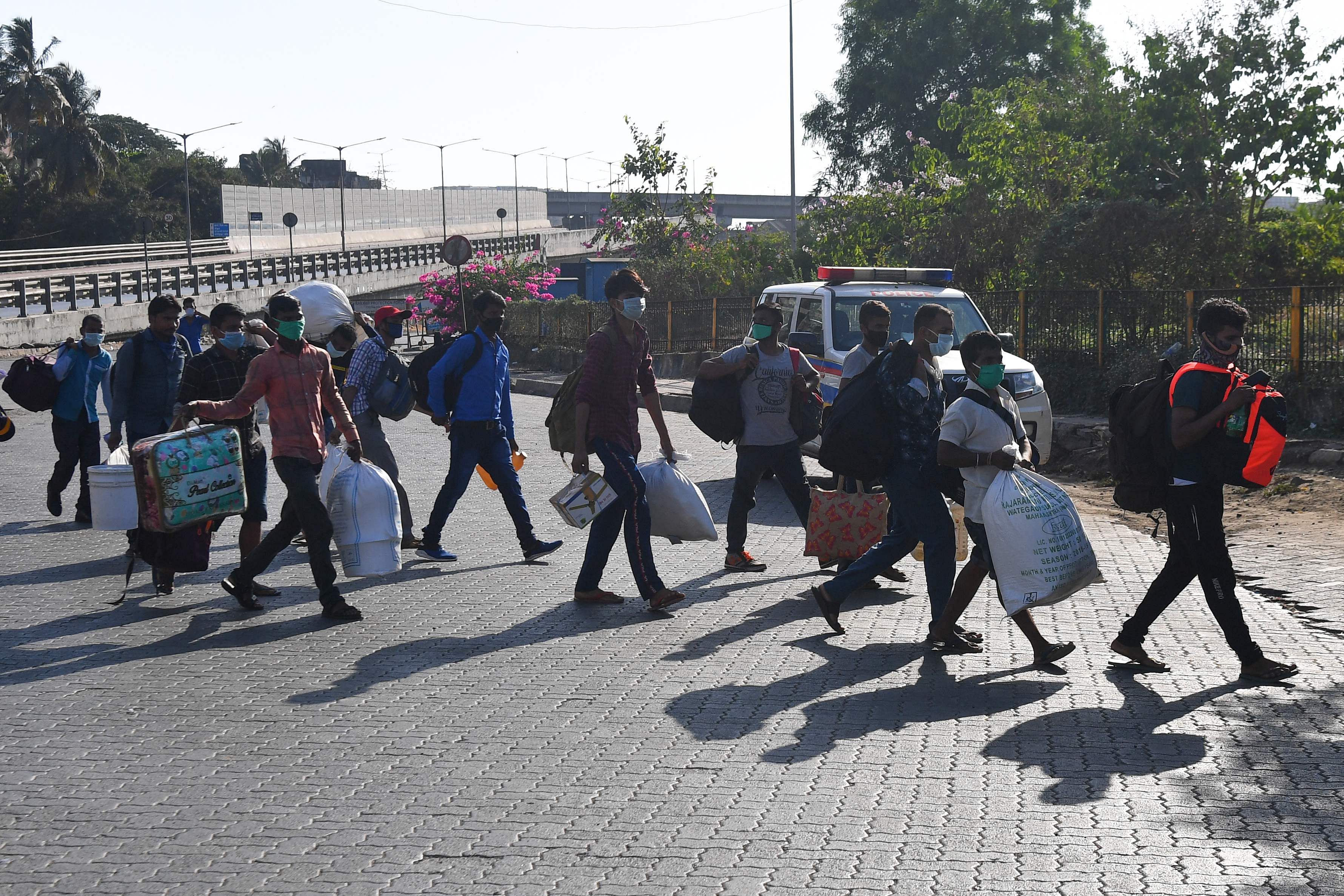
Allowing one-third of the workforce to resume their duty while keeping the rest in a lockdown condition along with widespread testing, quarantine and contact tracing can significantly reduce the COVID-19 burden on the health-care system while keeping the economy moving.
This has been suggested by a consortium of Indian scientists on Monday on the basis of a new and sophisticated disease prediction model.
The prediction comes on a day when Prime Minister Narendra Modi had wide-ranging discussions on the exit strategy with the Chief Ministers post lockdown 3.0.
The researchers examined two different exit strategies for an Indian city affected by the epidemic.
In the first scenario, the entire workforce goes for the work for a fixed number of days and then gets locked down for a fixed number of days before the cycle repeats.
The second scenario is one in which one-third people go to work daily while two-thirds are under lockdown. Each group’s turn for work comes after a specific period cyclically.
“The second strategy is more effective, and in combination with large scale testing, tracing and quarantine, the stress on healthcare facilities can be reduced extensively, while keeping the economy moving,” the consortium named Indian Scientists Response to COVID-19 (ISRC) said in a statement.
For the second strategy, the efficacy could be as much as 50% depending on certain conditions.
“From both of these points of view - the peak of hospitalisations and the total number who will have to be hospitalized before the epidemic goes away - the second strategy (of allowing one-third of the workforce at a time) is better,” Gautam Menon, a professor at the Institute of Mathematical Sciences, Chennai and one of the members of the team that developed the model told DH.
Several Indian disease prediction and epidemiological forecasting models concluded that the lockdown had several benefits in arresting the progress of the disease. But opinions are divided on how such a nationwide shut off would continue in the face of a looming economic crisis.
“The way forward is to have region-specific lockdowns and tight guarding of the hotspot boundaries so that infection cannot spread out from those places to neighbouring regions. People will have to follow public hygiene norms - which may be hard to implement given such socially accepted habits as spitting in public and jostling in queues,” observed IMSc professor Sitabhra Sinha.
